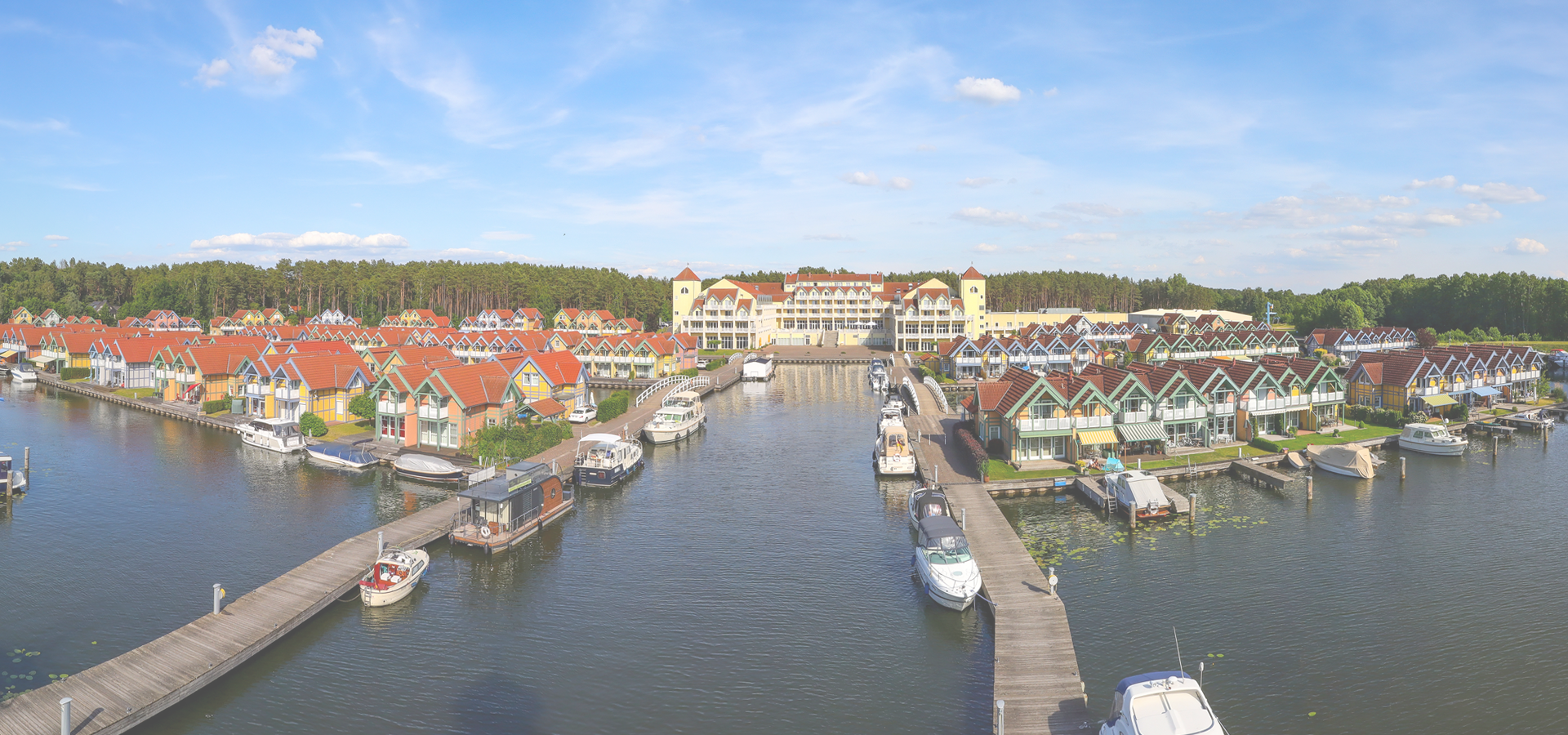Eisenhüttenstadt, Brandenburg, Germany
🇩🇪 Eisenhüttenstadt is a town in the Oder-Spree district of the state of Brandenburg, Germany, on the border with Poland. East Germany founded the city in 1950. It was known as Stalinstadt between 1953 and 1961.
History The town was built near the historic village of Fürstenberg (Oder) which was founded in 1251. After the Peace of Prague in 1635, Fürstenberg and Lower Lusatia became part of the Electorate of Saxony, and in 1815 it was transferred to Prussia. In 1925, a port on the Oder was created.
The present-day town was founded as a socialist model city in 1950 (initially named Stalinstadt after Joseph Stalin) following a decision by the East German Socialist Unity Party (SED), alongside a new steel mill combine located west of the historic town of Fürstenberg (Oder). A few years before the new town was established, a bridge over the Oder river had been constructed, the earlier one having been destroyed by retreating Wehrmacht forces in February 1945, near the end of World War II.
The population grew rapidly in the 1950s and 1960s. In 1961, during de-Stalinization, the town was renamed Eisenhüttenstadt. After German reunification in 1990, the state-owned steel works were privatized, and most of its 12,000 employees lost their jobs. Thereafter the factory employed around 2,500 workers. The town experienced a steep decline in population, from just over 50,000 to under 30,000.
Geography The municipal area is situated on a sandy terrace in the Berlin-Warsaw glacial valley (Urstromtal). It is bounded by the Oder river to the east, which since 1945 has formed the German–Polish border. Eisenhüttenstadt is the eastern terminus of the Oder–Spree Canal. The town centre is located about 25 km (16 mi) south of Frankfurt (Oder) and 110 km (68 mi) south-east of Berlin. Eisenhüttenstadt is served by the Berlin–Wrocław railway line.
The town comprises the districts of Diehlo, Fürstenberg (Oder), and Schönfließ.
Architecture The first design for the new residential quarter was developed by the modernist and Bauhaus architect, Franz Ehrlich, in August 1950. His modernist plan, which laid out a dispersed town landscape along functional lines, was rejected by the Ministry for Reconstruction. The same happened to the plan presented by the architects Kurt Junghanns and Otto Geiler. The plan that was ultimately realized was developed by Kurt Walter Leucht.
Europe/Berlin/Brandenburg

Eisenhüttenstadt has a population of over 32,210 people. Eisenhüttenstadt also forms part of the wider Oder-Spree district which has a population of over 179,276 people. It is also a part of the larger Brandenburg state. Eisenhüttenstadt is situated 34 km east of Beeskow.
Twin Towns, Sister Cities Eisenhüttenstadt has links with:
🏴 Crawley, England 🇧🇬 Dimitrovgrad, Bulgaria 🇫🇷 Drancy, France 🇵🇱 Głogów, Poland 🇩🇪 Saarlouis, Germany🇩🇪 Salzgitter 52.153
🇳🇱 Amersfoort 52.157
🇩🇪 Kreis Herford 52.168
🏴 Stratford-upon-Avon 52.183
🏴 Stowmarket 52.19
🇮🇹 Campobasso 14.657
🇩🇪 Frankfurt (Oder) 14.551
🇨🇿 Česká Lípa 14.533
🇳🇦 Swakopmund 14.533
🇳🇦 Walvis Bay 14.507
🇮🇹 Caltagirone 14.5
Locations Near: Eisenhüttenstadt 14.6261,52.1518
🇩🇪 Frankfurt (Oder) 14.551,52.347 d: 22.3
🇩🇪 Beeskow 14.25,52.167 d: 25.7
🇩🇪 Forst 14.633,51.733 d: 46.5
🇩🇪 Seelow 14.367,52.517 d: 44.2
🇩🇪 Fürstenwalde 14.068,52.36 d: 44.5
🇵🇱 Myślibórz 14.867,52.933 d: 88.4
🇵🇱 Gorzów 15.238,52.732 d: 76.7
🇵🇱 Gorzów Wielkopolski 15.242,52.738 d: 77.4
Antipodal to: Eisenhüttenstadt -165.374,-52.152
🇹🇴 Nuku'alofa -175.216,-21.136 d: 16463.5
🇵🇫 Papeete -149.566,-17.537 d: 15924.5
🇦🇸 Pago Pago -170.701,-14.279 d: 15777.3
🇼🇸 Apia -171.76,-13.833 d: 15716.4
🇺🇸 Hilo -155.089,19.725 d: 11960.6
🇺🇸 Maui -156.446,20.72 d: 11865.8
🇺🇸 Maui County -156.617,20.868 d: 11851.2
🇺🇸 Wailuku -156.505,20.894 d: 11847.2